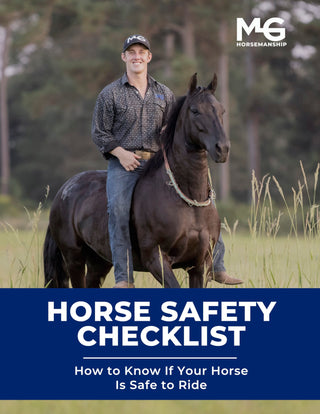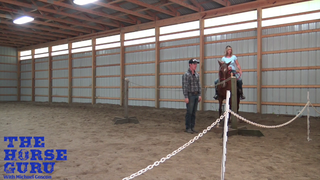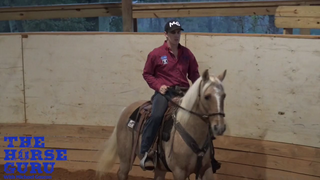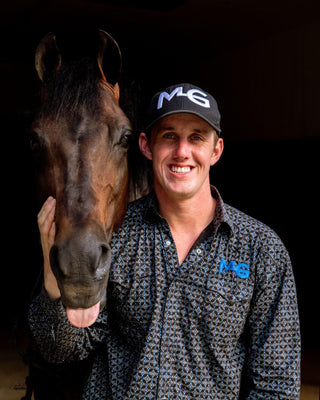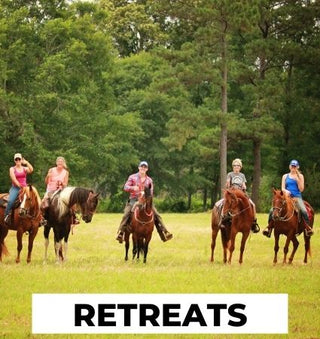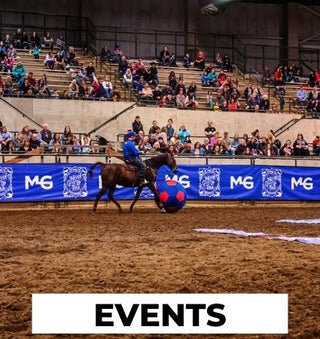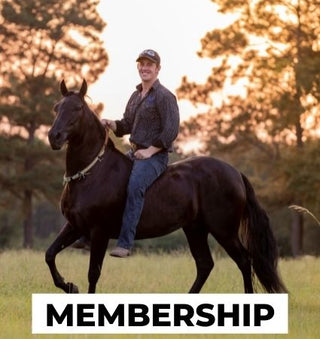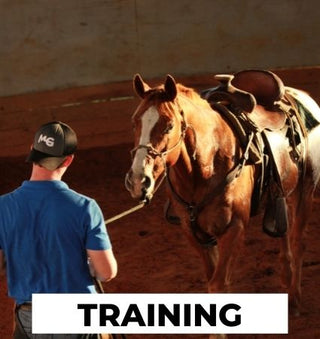Watch the Video Here or continue reading below!
When it comes to teaching a horse the side pass, it's not just about the movement—it's about communication, feel, and building trust. In this session, Michael Gascon breaks down the nuanced process of getting a horse to understand lateral motion, even when it's something they find mentally challenging or confusing.
Start with the End in Mind
Michael begins by emphasizing the importance of not rushing the process. The side pass isn’t just about getting the horse to move sideways—it’s about achieving softness, clarity, and confidence in the communication between horse and rider. The first priority? Stay calm, focused, and consistent.
"You can do whatever you want to them as long as you're not scared and you're not mad," he says, highlighting the critical mindset required for successful training.
The Right Time for the Right Cue
Timing is everything. Michael shows how giving the cue at just the right moment—when the horse is in the right mental and physical space—can make all the difference. In the session, he works with a mare who struggles with lateral softness. Instead of forcing the movement, he breaks it down into small, clear signals.
"I’m gonna ask her front end to move, then the back end. I’m not trying to hold her still. I’m saying, ‘Let’s move the front. Let’s move the back. Let’s move the front. Let’s move the back,’” he explains.
This back-and-forth helps the horse understand where her feet should go without feeling overwhelmed or restricted.
When Progress Looks Like a Pause
At one point, the mare freezes, unsure what to do. Rather than react with frustration, Michael pauses and reassures her. This is where experience and feel really shine. He recognizes the freeze not as resistance, but confusion—and confusion is a teaching opportunity.
“She’s got to feel like the way out is through me,” he says. The message? You’re not just showing her where to go. You’re becoming the safe place in her uncertainty.
Setting Up for Success
When she finally makes a clear attempt at the side pass—even if it’s not perfect—he immediately rewards her with release and praise. This teaches her that trying is what counts and that the release comes from her correct decision, not from quitting or guessing.
“Side pass, side pass, and she side passed,” Michael says, giving her a break and a rub. “And that is where you stop.”
Final Thoughts
Teaching a horse to side pass isn’t about domination—it’s about partnership. It requires reading your horse, adjusting your timing, and making sure that every cue leads them toward understanding, not pressure. When your horse trusts that you’re offering clarity instead of correction, you unlock real softness and try.
And as Michael so often reminds us: “You only get mad when you don’t know what to do next.”

